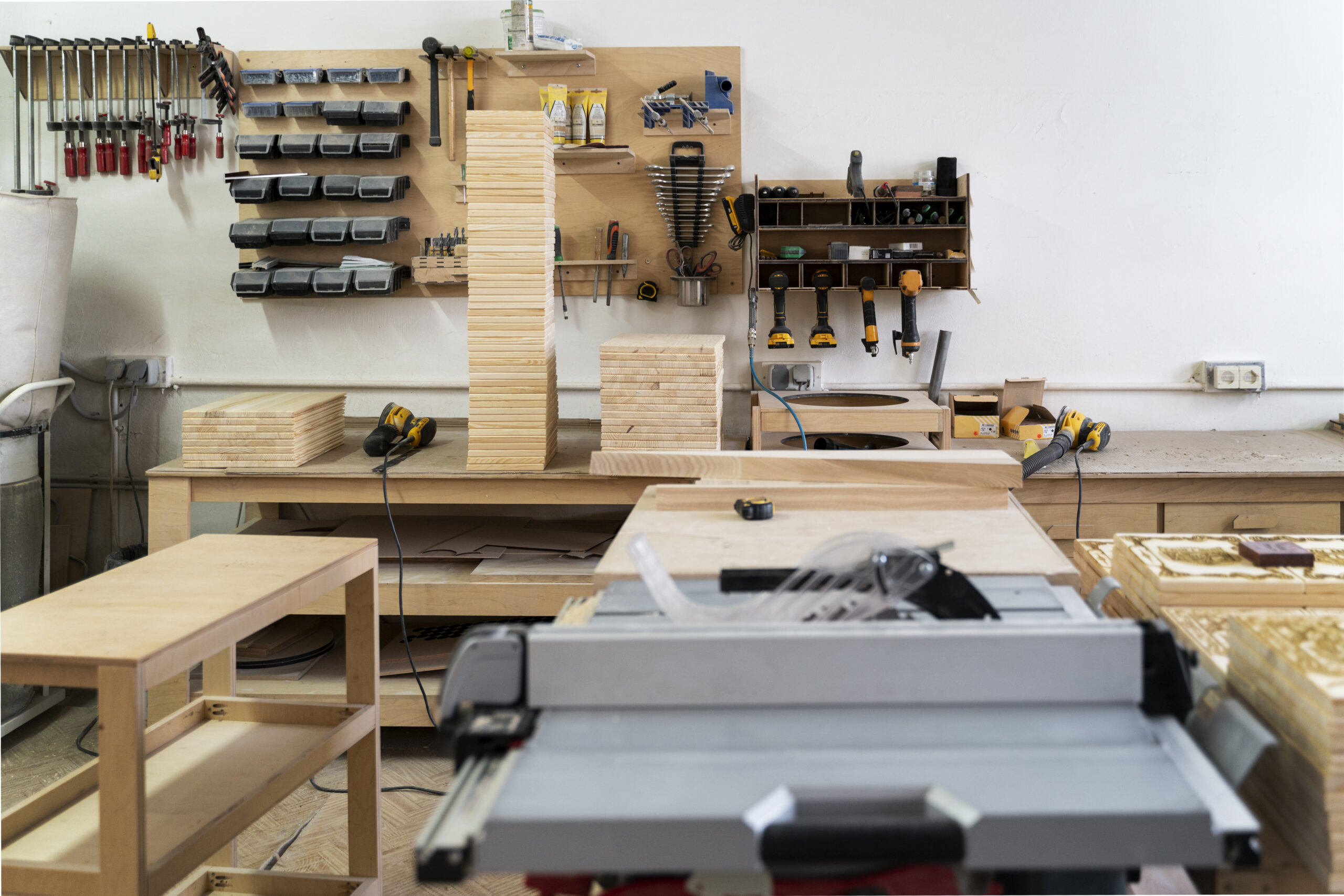Sure, I’ll write a detailed article about 3D Printed Boat and format it using simple HTML markup for a WordPress post. Here it goes:
Exploring the World of 3D Printed Boats
3D printing has disrupted various industries, from healthcare to aerospace. In recent years, this technology has made notable inroads in the world of boating. The prospect of 3D printed boats is fascinating. It combines the traditional craft of boat building with modern technological advancements. Here’s what you need to know about this innovation.
The Evolution of 3D Printing in Boating
3D printing, or additive manufacturing, builds objects layer by layer. In the context of boating, this approach transforms the way we think about design and construction. Boats typically require precision engineering and are made of expensive materials. Traditional methods involve molding, curing, and assembly. Each step is labor-intensive. With 3D printing, these steps can be simplified.
The journey began with small-scale models and prototypes. Early adopters used the technology for parts and components, testing the waters if you’ll pardon the pun. Then came the jump to full-scale models, which demonstrated the feasibility of creating entire vessels through 3D printing.
Materials Used in 3D Printed Boats
One major consideration in 3D printing boats is the material. Traditional boats use wood, fiberglass, and metals. Each has unique properties suited to maritime use. 3D printing introduces novel compounds that boast similar or enhanced characteristics.
- Polymeric Materials: Plastics like PLA and ABS are common in 3D printing. However, for robust marine applications, composites like carbon-fiber reinforced polymers are preferred. These materials offer strength and durability while being lightweight.
- Metallic Powders: Metals including titanium and aluminum are being explored, particularly for fittings and structural components. These materials are ideal for withstanding marine environments.
- Biocomposites: In response to environmental concerns, biocomposites made from natural fibers and resins are gaining attention. They offer an eco-friendly alternative to synthetic materials.
Design and Construction Advantages
The unique benefits of 3D printing go beyond just material usage. The design phase is particularly transformative. Designers have more freedom to experiment with complex geometries and topologies. This flexibility allows for optimizing hydrodynamics and material usage, potentially leading to lighter and more efficient vessels.
Construction time is another advantage. Traditional boat building can take months or even years. 3D printing can significantly reduce this timeline. Some projects have produced fully functional boats in mere days. That’s a stark contrast to conventional processes. This rapid production opens possibilities for customization and on-demand manufacturing.
Challenges in 3D Printing Boats
Despite its promise, 3D printing in boat manufacturing faces challenges. The first is scalability. Printing large objects demands significant energy and resource input. Current technology is still catching up to these demands. Moreover, quality control remains a concern. Ensuring every layer adheres properly is crucial. Any discrepancies can compromise structural integrity.
The environmental impact of 3D printing requires scrutiny. While some materials are sustainable, others are petroleum-based. Waste generation in prototyping stages adds another dimension to this issue. Addressing these factors is essential for the industry’s growth.
Notable Projects and Innovations
Several projects showcase the potential of 3D printed boats. The University of Maine set a record with 3Dirigo, the world’s largest 3D printed boat. It’s made entirely from a continuous glass fiber reinforced polymer. This project underscored the capacity for large-scale additive manufacturing. The boat measures 25 feet and weighs 5,000 pounds.
The MAMBO project unveiled a 3-dimensional monocoque structure made from fiberglass-reinforced plastic. This project focused on aesthetics and performance by leveraging advanced design possibilities of 3D printing. MAMBO shows how additive manufacturing can defy conventional design constraints.
The Future Outlook of 3D Printed Boats
The future of 3D printed boats looks promising. As technology advances, more innovators will likely explore this avenue. We anticipate broader applications from recreational boating to commercial and military use. The maritime industry stands to benefit from the cost-efficiency and versatility of additive manufacturing. Ongoing research and development will likely address existing constraints, making the technology more accessible and sustainable.
Conclusion
3D printing in boat building is an exciting frontier. It challenges traditional methods and introduces new paradigms. As the technology matures, we expect its adoption to accelerate, reshaping the way we conceive, design, and build boats. It’s a field worth watching as it navigates these transformative waters.
Recommended Boating Gear
Stearns Adult Life Vest – $24.99
USCG approved universal life jacket.
Chapman Piloting & Seamanship – $45.00
The definitive guide to boating since 1917.
As an Amazon Associate, we earn from qualifying purchases.
